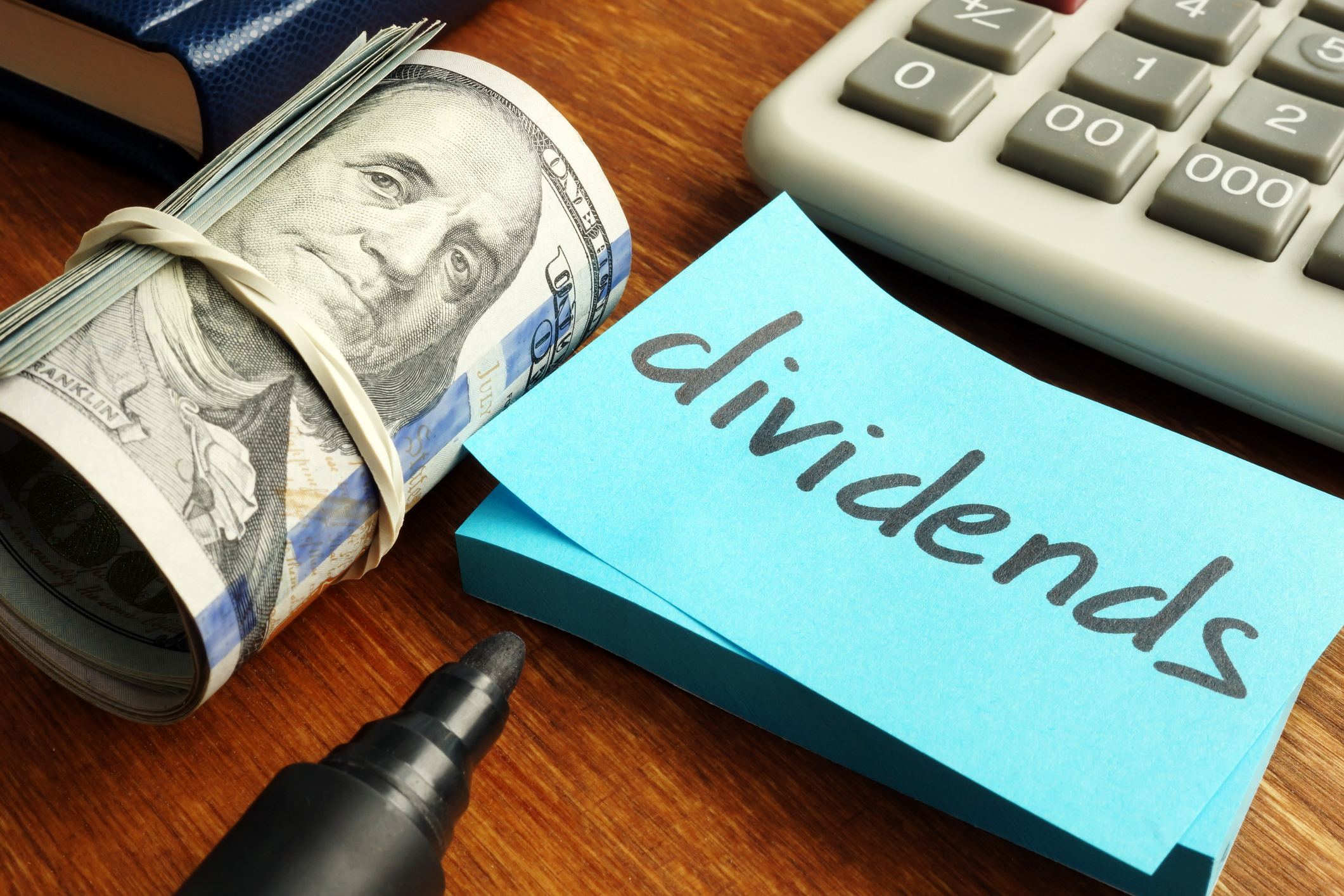
The market was a jungle, and the “Dogs of the Dow” were the ones limping with bloodied paws but still standing. These were the giants who’d fallen through the cracks, their bones picked clean by short sellers and whispers of bad luck. But where others saw carrion, the dividend hunters saw marrow still clinging to the bones.
Dow stocks were supposed to be the brass rings, the gilded tickets to Wall Street’s velvet-lined merry-go-round. But when their prices dropped, their yields spiked like sirens in the night. The strategy was simple: follow the money, even if it reeked of desperation. Buy the three highest-yielding dogs, let their dividends bleed into your pockets, and wait for the tide to turn. Or don’t wait. Some dogs never stopped limping.
1. Verizon: 6.2% dividend yield
Verizon was the old king with a crown rusting in the rain. Its towers still cast shadows over America’s wireless grid, 146 million connections clinging to its network like moths to a dying bulb. T-Mobile was the hungry kid on the block, stealing customers faster than a pickpocket in a subway crush. Verizon’s growth? A corpse in a mausoleum. But its dividend? A velvet-lined coffin, paying 6.2% to whoever dared bet on the corpse staying fresh.
You didn’t buy Verizon for growth. You bought it because its dividend was a loaded revolver pointed at the market’s head, spinning the chamber and grinning like a fool. The stock had lost 25% in five years. Reinvested dividends? A paltry 0.1% return. But the checks still cleared. That was the con: reliability in a world where nothing was certain but death, taxes, and T-Mobile’s quarterly gains.
2. Chevron: 4.3% dividend yield
Chevron was playing both sides, betting on black gold and green dreams, but the dice were loaded. Its oil rigs still belched smoke like dragons in the Permian Basin, while its execs muttered about hydrogen and biodiesel like a priest clutching a rosary in a hurricane. The dividend held steady at 4.3%, a life raft in a sea of volatility. But the free cash flow? Dripping slower than a leaky faucet in a condemned building.
Global energy demand was rising, sure, but so was the noose around Big Oil’s neck. Chevron’s labs might cook up the next miracle fuel, or they might just be rearranging deck chairs on the Titanic. Either way, the dividend was safe for now. Safe like a bank vault in a ghost town.
3. Merck: 3.7% dividend yield
Merck’s Keytruda patent was a ticking time bomb, set to detonate in 2028. The drug had been a cash machine, printing money like a counterfeiter with a printing press. Now biosimilars loomed like vultures, circling the carcass. Merck’s subcutaneous injections? A Hail Mary pass in a game where the referees were insurance companies with scissors and a taste for generic blood.
The stock had tanked 29% in a year. The dividend yield? 3.7%, a discount on despair. But Merck had been here before, crawling out of patent cliffs with a surgeon’s precision. The labs were humming with new hopefuls, each one a potential blockbuster or a bust. Buying Merck was like betting on a horse with a bum leg-just don’t blink.
The Dogs of the Dow weren’t for romantics. They were for grifters who knew dividends didn’t care about growth, only yield. These stocks were the barflies of the market, nursing their wounds and buying the next round. You took your chances, pocketed the checks, and prayed the music wouldn’t stop. 💼
Read More
- 39th Developer Notes: 2.5th Anniversary Update
- Shocking Split! Electric Coin Company Leaves Zcash Over Governance Row! 😲
- Celebs Slammed For Hyping Diversity While Casting Only Light-Skinned Leads
- Quentin Tarantino Reveals the Monty Python Scene That Made Him Sick
- All the Movies Coming to Paramount+ in January 2026
- Game of Thrones author George R. R. Martin’s starting point for Elden Ring evolved so drastically that Hidetaka Miyazaki reckons he’d be surprised how the open-world RPG turned out
- Gold Rate Forecast
- Here Are the Best TV Shows to Stream this Weekend on Hulu, Including ‘Fire Force’
- The Worst Black A-List Hollywood Actors
- Celebs Who Got Canceled for Questioning Pronoun Policies on Set
2025-09-02 21:13